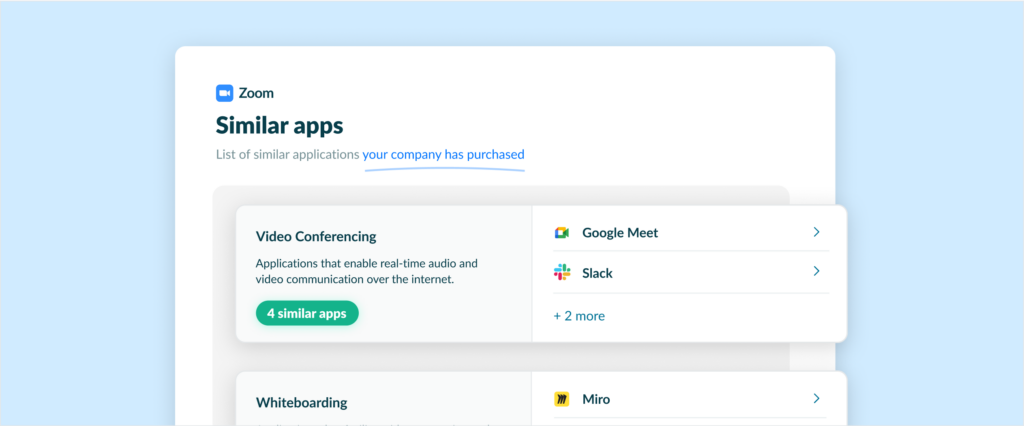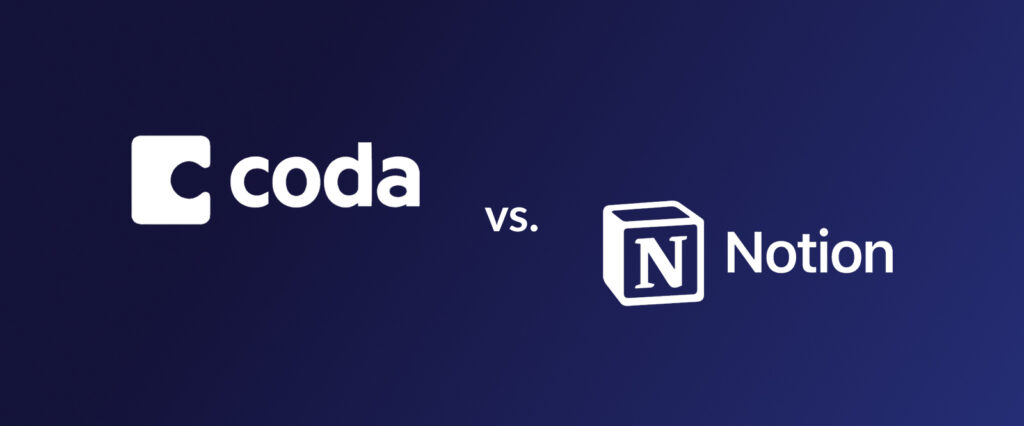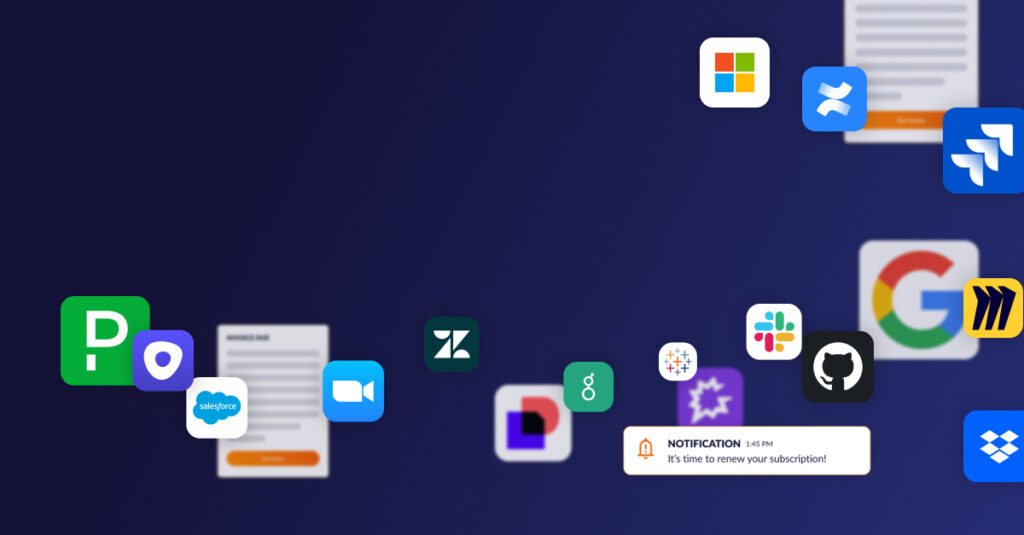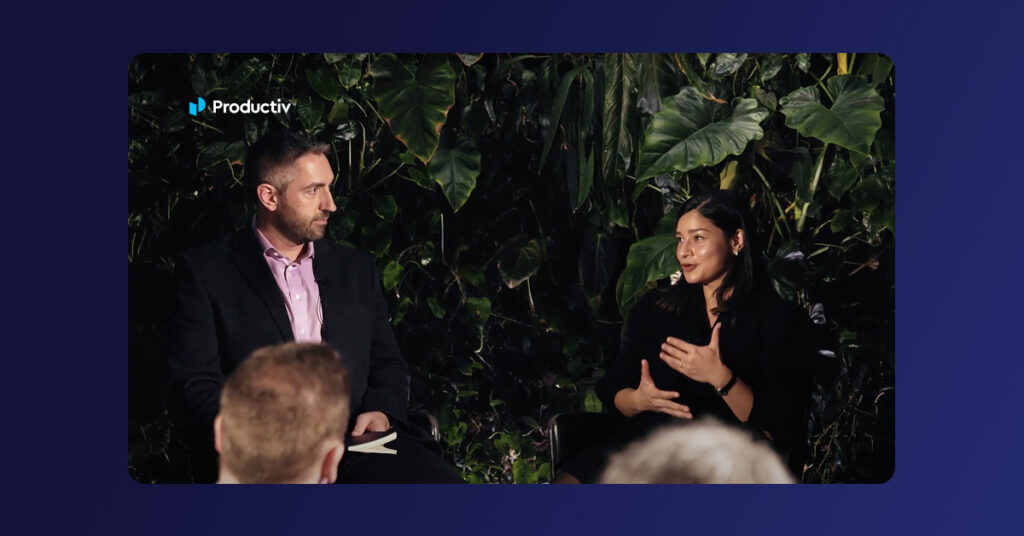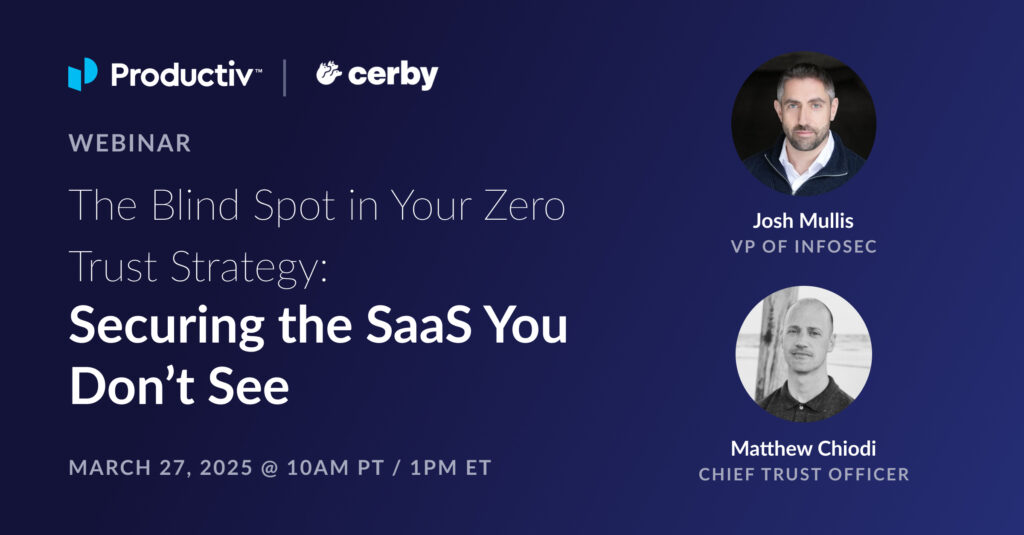
How to gain full saas visibility and grow sustainably
In this era of SaaS sprawl, trying to gain full SaaS visibility and figure out what it is you own can be quite overwhelming. On one front, you don’t know what you don’t know. But on the other side is the fear that when you do find out, it could feel like too much to manage.
Firstly, when trying to figure out what software you own, you can’t assume just because you have a policy in place that it is being adhered to. Employees and Line-of-Business (LOB) leaders purchase their own software all the time. It’s like saying we don’t need law enforcement or a fire department because we have laws and tell people not to burn things down. It happens, and it usually happens out of frustration that an employee can’t achieve what they want with the apps they have.
Secondly, when you start a project to catalog all of your SaaS, relying on spreadsheets and conversations with business leaders will only get you so far. You need real-time data to support your efforts. Yes you will have an idea of what you may own, but it’s out of date the moment you see it.
It’s helpful to have real-time data that goes beyond just transactions to include organization context as well as other signals. Once you have an accurate data set and SaaS visibility, which everyone can align around, you can start to make decisions. But what decisions should you be looking to make?
Well, the first recommendation is probably to partner with your CISO. There will be challenges around what you find from a risk perspective and while the immediate reaction will be to shut things down, it actually makes sense to understand how you got to this point. As we know here at Productiv, about half of a company’s software applications are now being purchased outside of IT. Turning off half the company’s software is probably not the next best step.
The key is to understand the true SaaS usage by employees at your organization.
- What is driving people to different tools or unsanctioned software? What features are they using and why?
- Is shadow IT a leading indicator of what you should be doing or is it creating data silos and stopping teams from collaborating the way they need to by causing overhead for people having to go into multiple tools?
- Have people purchased software you already have access to? Is there no quick and easy place for employees to gain access to the software they need?
Once you start to address some of these concerns and have conversations with people about what the data says, you can start to create initiatives to look at your portfolio more strategically beyond just looking at waste. As I said in my previous blog, we’re looking for sustainable growth and, as an IT leader, we want to be a big contributor to that as opposed to just a cost that runs part of the business.
If you want to see how Productiv can help do this, as well as how we integrate with platforms such as Okta, please come and see us at our booth at Oktane 2022 this week in San Francisco. You can also request a demo here.
About Productiv:
Productiv is the IT operating system to manage your entire SaaS ecosystem. It centralizes visibility into your tech stack, so CIOs and IT leaders can confidently set strategy, optimize renewals, and empower employees.
Learn more today